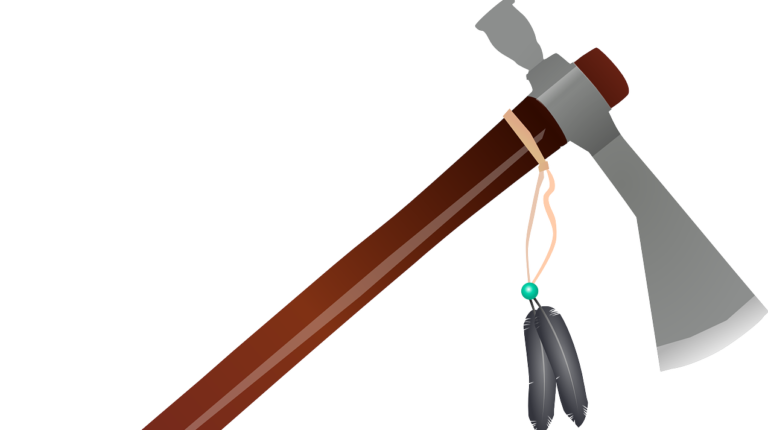As you may recall, the last post focused on how the interrelationships among Indian Nations, Great Britain, and North American colonists played a significant role in precipitating the War of Independence. As noted therein, many among the Native Nations perceived a threat to their way of life from colonial settlers moving into their lands, notwithstanding the Proclamation Line of 1763 that was established by Parliament to restrict that movement, and this influenced their decision as to which side to support when war erupted. In general, they backed the British, who represented the indigenous peoples’ best hope for restraining the incursion into their lands by white homesteaders.
A Cruel Conflict
The long and violent history between colonists and Indians made it unlikely that the “Glorious Cause ” (Washington’s term for the struggle for American independence) would win widespread support among Native Americans. The best the Revolutionary enterprise could hope for in that regard was a neutral stance among the Indian Nations, but continued encroachment on their lands undermined that possibility and incentivized most tribes to side with the Crown. Ironically enough, the Patriot forces utilized Indian tactics—which the colonists had adopted over generations of conflict with hostile tribes—when fighting against the latter during the War of Independence. These included the hallmarks of what we would call “guerrilla warfare” today: ambushes, hit-and-run assaults, the use of snipers, shooting from behind protective cover, maneuverability, and terror-inducing means of gaining a psychological edge over their opponent—burning Indian villages and destroying their crops, for example. And, yes, scalping the dead—for this Indian custom had long since become common among colonists, motivated by a well-established practice of paying bounties for Natives’ scalps (a hair-raising experience, to be sure). Loyalist Peter Oliver wrote in 1778: “This Scalping Business hath been encouraged, in the Colonies, for more than a Century past. Premiums have been given, frequently, by the Massachusetts Assemblies, for the Scalps of Indians, even when they boasted loudest of their Sanctity; & I have seen a Vessell enter the Harbor of Boston, with a long String of hairy Indian Scalps strung to the rigging, & waving in the wind.”
According to Michael Stephenson (in Patriot Battles: How the War of Independence was Fought, Harper Perennial, 2007), “Native Americans, contrary to the woolly-minded notion that they were simply put-upon protohippies, fought for their land ferociously. Women and children were killed as often as they were taken into captivity and adopted.” In 1779, Washington launched a large-scale expedition under General John Sullivan against the Iroquois of the Six Nations in response to a series of Loyalist-Indian attacks on the northern and western frontiers, and Sullivan’s force (which included a party of Oneida who had taken up arms against the Iroquois) resorted to scorched-earth warfare. They destroyed a wide swath of villages and crops and inflicted heavy casualties, but their success was limited in strategic terms because large numbers of Iroquois warriors simply melded into the wilderness, only to fight another day.
A Cruel Peace (for some)
The Treaty of Paris that ended the war in 1783 left the Native Nations who had supported Great Britain virtually abandoned by their ally when the Crown yielded the lands extending westward to the Mississippi to the United States. Michael Stephenson observes that, in one of the great ironies of the quest for independence, the rebels’ struggle to free themselves from the British empire was accompanied by their own effort at empire-building, one in which they were “bloodily engaged…at the expense of native Americans.” He quotes Jefferson on the subject of American territorial ambition and the tribal populations standing in the way thereof: “Nothing will reduce these wretches so soon as pushing the war into the heart of their country. I would never cease pursuing them while one of them remained on this side of the Mississippi.” Clearly the author of the Declaration of Independence had a decidedly restrictive view of the Indians’ entitlement” to “Life, Liberty, and the Pursuit of Happiness,” those “unalienable Rights” that he articulated in his memorable expression of America’s founding ideals.
